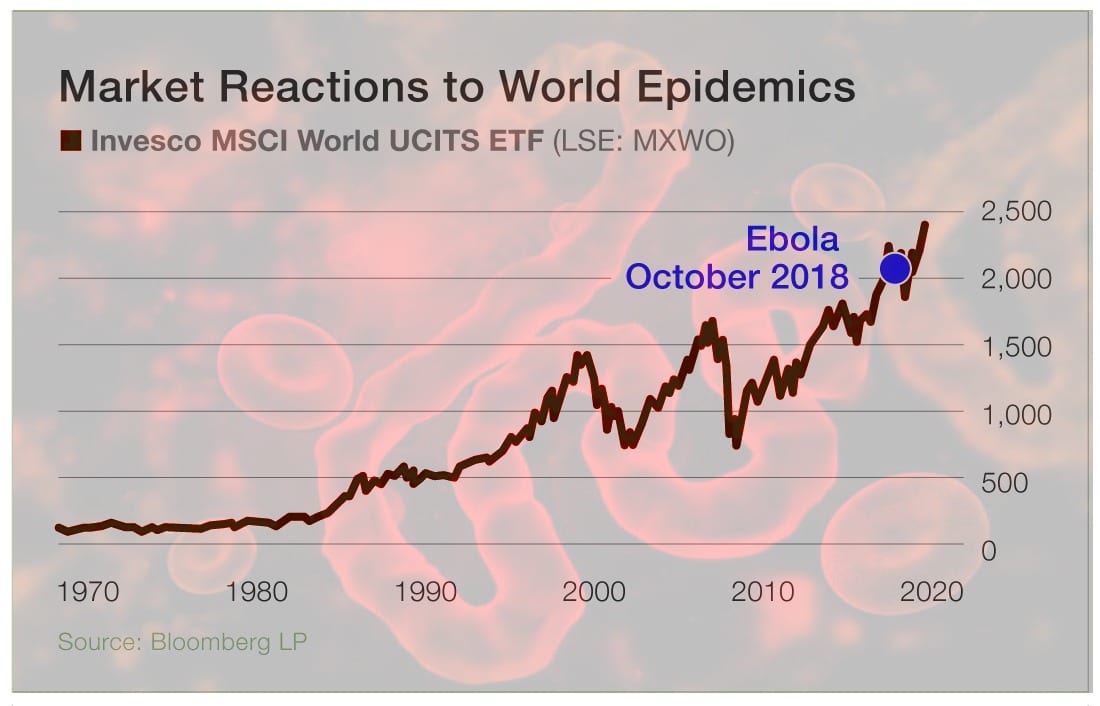
Market Timing Indicator: Valuable Tool or Merely Hot Air?
Updated March 27, 2024
The first thing we want to clarify to everyone is that our Goal is not to predict the exact top or bottom at any given instance. If we do happen to expect this, as has been the case in the past, we will assign this feat to Lady Luck. Trying to predict the exact top or bottom is an exercise in futility and best suited for fools. What we look for is signs of topping or bottoming action. Once we spot this, we use our proprietary tools to determine entry points that offer the best risk-to-reward scenarios.
Until 2012, the ultimate timing indicator and the Smart money Indicator were the primary tools we used to determine this action. However, in Dec 2012, we replaced all the instruments with the Trend Indicator. We employ this primary instrument to assess market direction once we have identified that we use the secondary tools to validate the signal.
Ultimate Market Timing Indicator
The Ultimate Market Timing Indicator is a powerful tool that combines 39 different indicators into one, allowing us to identify markets that are close to bottoming or topping. We examine this data in multiple time frames, focusing on daily, weekly, and monthly time frames, to confirm valid signals.
Adaptability is crucial in the ever-changing market landscape. We continually strive to improve our tools and adjust our mindset to stay ahead of the market’s evolving faces. This commitment to improvement ensures we can provide accurate and timely market insights.
Insights from John Swift and George Orwell
John Swift, a renowned market analyst, emphasizes the importance of adaptability in market timing. He states, “The market is a living, breathing entity that constantly evolves. To succeed in market timing, one must be willing to adapt and evolve with it”.
George Orwell, a celebrated author and keen observer of human nature, offers a unique perspective on market timing. He notes, “To see what is in front of one’s nose needs a constant struggle”. This observation highlights the importance of maintaining a clear and focused perspective when analyzing market trends.
This is why we have developed an even better indicator, one that we believe is our best indicator to date: the trend indicator.
Some random factors to consider
This market has yet to experience the “feeding frenzy stage; as the masses have taken so long to embrace this market, this stage will be spectacular. Expect the markets to take off vertically once the groups jump in; it seems complicated to believe that the Dow could take off like a rocket after such a massive correction, but that will happen if this hysteria subsides.

We have seen the same paranoia before; look at the above chart. We have had such deadly outbreaks before, but in the end, once the panic subsides, the markets resume their upward trend.
As the Tactical Investor says, “every disaster leads to a hidden opportunity”, and the only way to spot that opportunity is not to give in to panic. We envision a similar outcome for the coronavirus; the markets could still sell off, but that sell-off should be viewed through a bullish lens.
From a psychological perspective, the longer the masses resist, the better it is, which means this bull will continue to trend higher. Use strong pullbacks to open positions in quality stocks. Forget the noise and focus on the trend.
The Tail-End Move: A Powerful Phenomenon
Market timing is a fool’s errand: The seductive idea of buying low and selling high is a trap that ensnares many into a cycle of poor decisions and subpar returns. The notion that one can predict market swings precisely is not just tricky; it’s near-impossible, even for the so-called experts.
Making just one wrong move can be costly. You must nail two critical choices: when to pull out and dive back in. Get it wrong, and you’re looking at substantial financial damage. Exit the market to dodge a slump, and you could miss a surge. Wait too long for a dip to buy, and you’ve lost the prime moment.
The reality is stark: consistent market prediction is a myth. Even the most experienced professionals, armed with advanced tools, fail to crack the market’s code. The market is a beast fed by a complex mix of economic data, political events, and investor sentiment whims—all notoriously fickle.
The hidden costs of market timing are a silent killer of returns. The more you trade, the more you pay in transaction fees and taxes, mainly if your gains are short-term. These aren’t just minor dents but significant enough to take a big bite out of your investment growth.
In short, market timing is not just aggressive; it’s aggressively misguided. It’s a strategy that promises much but delivers little, except for increased risk and decreased returns.
Patience and Discipline: Key Traits for Successful Investing
Patience and discipline are essential for successful investing, particularly for low- and medium-risk investors who may implement selling strategies during highly overbought market conditions.
When markets are trading in highly overbought ranges, investors may consider reducing their exposure to riskier assets and potentially moving into cash or more defensive investments. This strategy aims to protect portfolios from market downturns and limit losses.
However, exercising patience is crucial before the next buy signal is triggered. It is important to remember that markets can remain overbought or oversold for extended periods, and attempting to accurately time market tops and bottoms is challenging. Investors must resist the temptation to make impulsive decisions based on short-term market fluctuations and instead adhere to their long-term investment strategies.
Waiting for years before the next buy signal is triggered requires discipline and a commitment to the investment plan. During this waiting period, investors must remain focused on their investment goals and avoid making hasty decisions influenced by market noise or emotional reactions. This discipline ensures that investors stay on track and avoid rash decisions that could negatively impact their long-term investment performance.
Turbulent market conditions can test an investor’s patience and discipline. Market volatility and uncertainty can trigger emotional responses, leading to impulsive decision-making. Successful investors, however, remain calm and rational during such periods, sticking to their investment strategies and avoiding knee-jerk reactions.
By exercising patience and discipline, investors can benefit from the power of compounding and the market’s long-term growth potential. It allows them to stay invested during market upswings and capture the potential returns the market offers over time.
Articles of interest:

Little Book of Common Sense Investing: Uncommon Sense for Smart Investors

Trading Journal: The invaluable tool for traders

Bear Bull Trader: Embrace the Bull, Escape the Bear

Definition of Mob Mentality: Combining Lemming and Burro Behavior

Class in Capital Growth: Tactical Asset Allocation vs Strategic

Discover How the Extra Return Generated Through Stock Market Timing Strategies Should Be

Stock Market Fear Meter: All Bark, No Bite

Stock Market Forecast for Next Week: Ride the Thrilling Trend!

Rags to Riches Stories: The Power of Perseverance and Discipline

Dow Jones Average Chart: Trading for Success

Financial Disaster Recovery Plan: Buying the Crash, Selling the Joy

Inflation vs Deflation vs Disinflation: Navigating and Winning

Unmasking Deceit: Examples of Yellow Journalism

Crude Oil Crash: Unveiling Crowd Stupidity and Opportunity

Mass Psychology Overview: Unveiling its Enigmatic Dynamics
Dow theory no longer relevant-Better Alternative exists
In 1929 the stock market crashed because of


